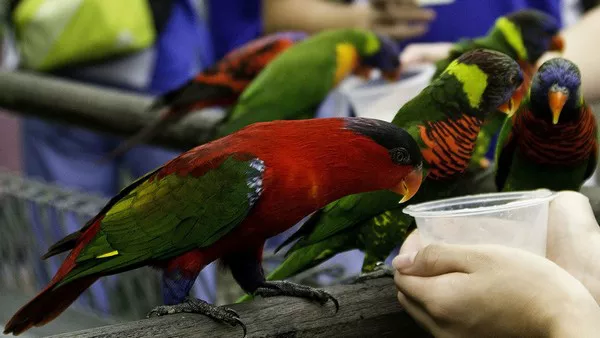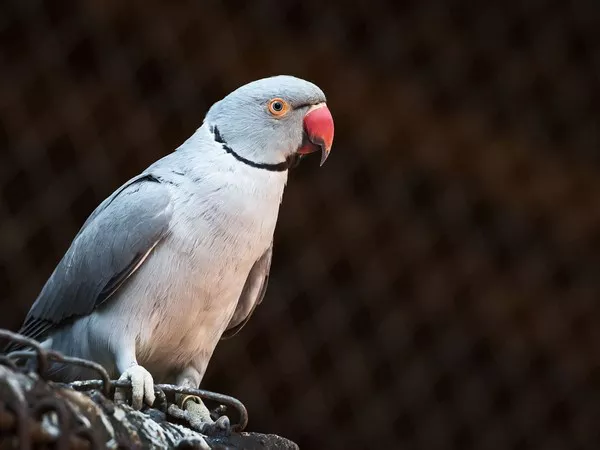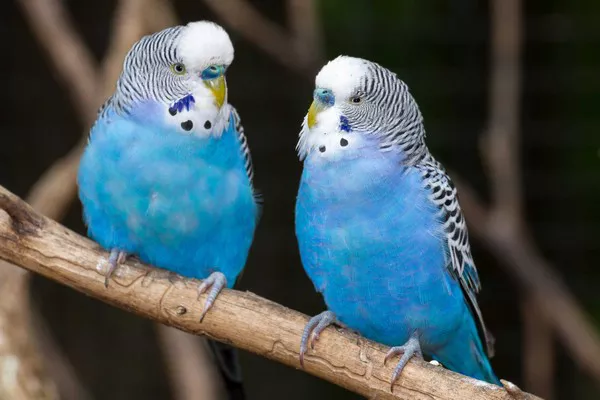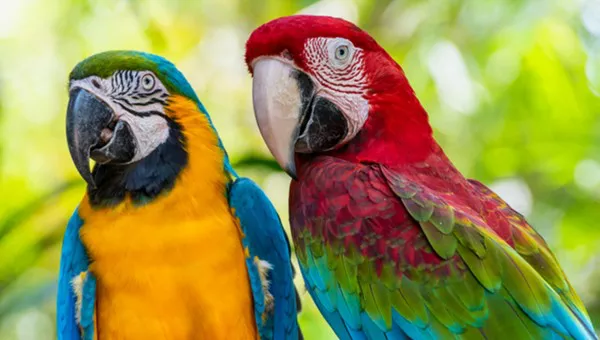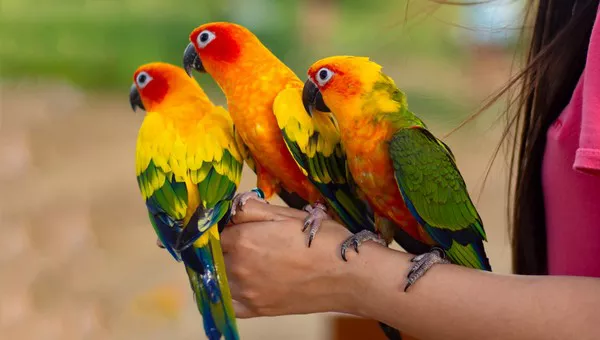Sun conures, known for their vibrant colors and playful personalities, are a popular choice among bird enthusiasts. As captivating as their bright plumage is, many prospective owners and bird lovers are curious about the reproductive behaviors of these charming birds. This article delves into the fascinating world of sun conures, focusing on when do sun conures lay eggs, their breeding cycles, and factors influencing their reproduction.
Understanding Sun Conures
Before we discuss egg-laying, let’s briefly explore what makes sun conures special. Native to South America, particularly in the northeastern regions like Brazil, sun conures (Aratinga solstitialis) are medium-sized parrots known for their social nature and striking yellow, orange, and green feathers. These birds are highly social and tend to form strong bonds with their owners or other birds.
Lifespan and Maturity
Sun conures can live for 20 to 30 years with proper care. They typically reach sexual maturity around the age of 2 to 4 years. Understanding the age of maturity is essential for potential breeders and owners alike, as it marks the beginning of a bird’s ability to reproduce.
Breeding Season
Sun conures, like many other bird species, have specific breeding seasons influenced by environmental factors. In the wild, their breeding season is closely tied to the availability of food and suitable nesting sites, which are often determined by seasonal changes.
Natural Breeding Season
In their native habitats, sun conures generally breed during the warmer months, typically from spring to early summer (around September to February in the Southern Hemisphere). During this time, food resources are abundant, and the climate is more favorable for raising chicks.
Factors Influencing Breeding
Photoperiod: Daylight hours play a significant role in breeding. As the days get longer in spring, hormonal changes trigger mating behaviors.
Temperature: Warm temperatures help ensure that eggs will develop successfully and that food sources are plentiful for feeding chicks.
Food Availability: The presence of ripe fruits and seeds is crucial, as these are the primary food sources for sun conures during breeding.
Nesting Sites: Sun conures prefer nesting in tree cavities. Availability of safe and suitable nesting locations can greatly influence their breeding patterns.
Captive Breeding Seasons
For pet owners and breeders, understanding the artificial environment’s impact on breeding is essential. While captive sun conures can breed year-round if conditions are right, most breeders find that providing a simulated breeding season enhances their chances of success.
Mimicking Natural Conditions: Breeders often adjust lighting conditions to simulate longer days, which can encourage breeding behaviors.
Dietary Changes: Offering a nutritious diet rich in fruits, vegetables, and seeds can stimulate breeding.
Environmental Enrichment: Providing nesting materials and safe spaces can make conures feel secure and ready to breed.
Nesting Behavior
Once a pair of sun conures decides to mate, they engage in a variety of behaviors to prepare for nesting.
Courtship Rituals
Courtship involves a series of charming displays, including:
Preening: The birds will often preen each other, strengthening their bond.
Vocalizations: Sun conures are known for their playful chatter and may engage in specific calls during courtship.
Feeding: One bird may feed the other as a sign of affection and readiness to mate.
Nest Preparation
When ready to lay eggs, the female will begin to search for a nesting site. In captivity, owners often provide nesting boxes, which should be placed in a quiet, secure area of the aviary or home. The female will use materials like wood shavings or shredded paper to create a comfortable environment for her eggs.
Egg-Laying Process
Once the nesting site is prepared, the female will start laying eggs.
Timing and Frequency
Clutch Size: Sun conures typically lay between 3 to 5 eggs per clutch, although some can lay as many as 7.
Laying Interval: Eggs are usually laid every other day. The entire laying process can take anywhere from a few days to a week.
Incubation: Once all the eggs are laid, the female will begin incubation. The incubation period for sun conure eggs is about 24 to 28 days.
Signs of Egg-Laying
If you suspect your sun conure is preparing to lay eggs, watch for these signs:
- Increased nesting behavior, such as spending more time in the nesting box.
- Changes in appetite; some females may eat less right before laying.
- More vocalizations or signs of agitation.
Egg Characteristics
Sun conure eggs are usually white and oval-shaped. Each egg typically measures about 1 inch in length. It’s important to note that the eggs should be handled with care, as they are fragile and can be damaged easily.
Caring for the Eggs and Chicks
Once the eggs are laid, both parents will take turns incubating them.
Incubation Responsibilities
Female: Primarily responsible for incubating the eggs, she will stay in the nest most of the time.
Male: The male often brings food to the female and protects the nesting area.
Hatching
After about three to four weeks of incubation, the eggs will begin to hatch. The chicks are born helpless, blind, and without feathers.
Post-Hatching Care
Feeding: The parents will feed the chicks a diet rich in regurgitated food, which is crucial for their growth.
Temperature Regulation: The parents will also help keep the chicks warm by brooding them.
Development: The chicks will start to develop feathers and become more mobile around two to three weeks after hatching.
Weaning Process
Chicks typically fledge (leave the nest) at around 6 to 8 weeks of age but may still depend on their parents for food for a little while longer. Weaning can take several weeks, during which the parents will gradually encourage the chicks to eat independently.
Factors Affecting Egg-Laying
Several factors can influence whether a sun conure will lay eggs, including:
Health and Diet
Nutrition: A well-balanced diet is crucial for reproductive health. Sun conures need a variety of fresh fruits, vegetables, and high-quality pellets.
Health Issues: Illness or stress can significantly affect a bird’s ability to reproduce.
Social Dynamics
Sun conures are social creatures, and the dynamics between the breeding pair can influence their willingness to mate and lay eggs.
Bonding: A strong bond between the male and female is essential for successful breeding.
Compatibility: Sometimes, a pair may not get along well, which can inhibit breeding behaviors.
Environmental Conditions
Space: Providing ample space and a stress-free environment can enhance the chances of successful breeding.
Lighting: Mimicking natural light cycles can encourage hormonal changes necessary for breeding.
Conclusion
In summary, sun conures lay eggs primarily during the warmer months, influenced by natural factors like light, temperature, and food availability. In captivity, owners can encourage breeding by simulating these conditions and providing a safe, enriching environment.
Understanding the lifecycle and reproductive behaviors of sun conures can not only enhance the experience for owners and breeders but also ensure the health and well-being of these beautiful birds. Whether you’re considering breeding or simply curious about your feathered friends, knowing when and how sun conures lay eggs is a crucial part of caring for these lively companions.
As you delve into the world of sun conures, remember that patience, knowledge, and a nurturing environment are the keys to successful breeding and raising healthy chicks. Happy birdkeeping!
Related Topics:

